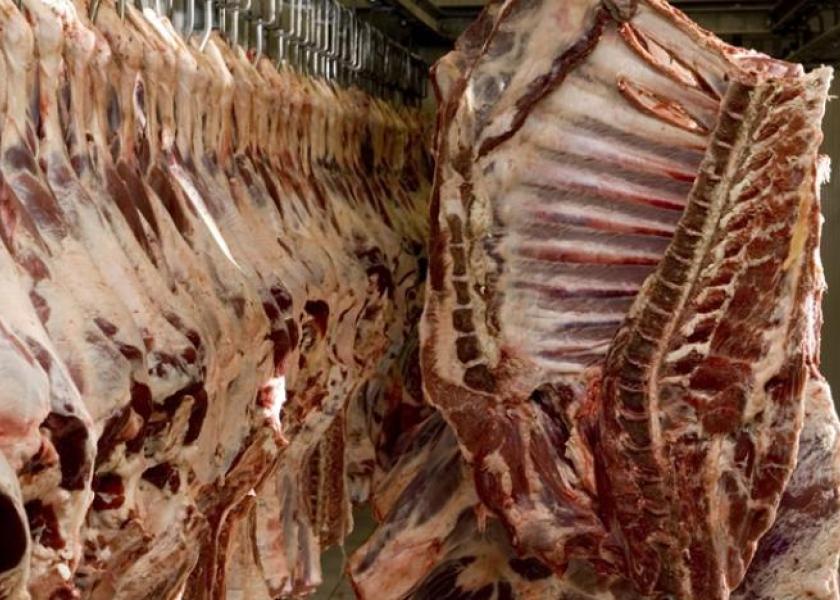Nalivka: Let’s Talk Packer Capacity

The opinions expressed in this commentary are those of John Nalivka, president, Sterling Marketing, Inc.
I often hear the comment suggesting the need for more U.S. beef processing capacity. My first reaction is to ask – why? However, I know the answer to that question and it is mostly related to what we all know to be true, that excess capacity creates competition for cattle and thus, higher prices.
I don’t suggest there is anything wrong with that logic. From 2013 through 2015, slaughter capacity utilization in fed cattle plants averaged 82%. For cow plants, the figure was 84%. Numbers were tight following herd liquidation leaving cattle numbers at a 60-year low.
Subsequently, prices reached record levels in 2014. In comparison, packing plant utilization peaked at 95% in 2000. The industry processed 30 million steers and heifers that year. Prices for fed cattle in 2000 were less than half of that 2014 record price!
So, do we need additional capacity? Current annual harvest (I am trying to get used to that word) capacity in fed cattle plants is 29.4 million head. Last year’s steer and heifer harvest was 26.5 million head (98% fed cattle) leaving capacity utilization averaging 90% for the year with variation during the year as cattle supplies varied.
Cow slaughter and processing capacity is currently 6.7 million head. In 2019, the industry culled 6.5 million cows for slaughter leaving capacity utilization averaging 97% for the year, a level that would be optimal at the least and a long way from the 77% and record cow prices seen in 2014!
Competition for cattle and high prices leads to herd building which in turn leads to increased utilization of packing capacity. At the same time, increased production efficiency as measured by production per head of inventory leaves beef production outpacing inventory growth – fewer cattle to produce the same amount of beef.
Packers know the cattle cycle. When that utilization gap exists as it did in 2014-2015 and prices were record high, cattlemen began building herds. During 2019, while utilizing only 90% of fed cattle plant capacity, beef production hit a record level.
In 2017 and 2018, four new pork processing plants were brought on line increasing annual harvest capacity from 117 million in 2016 to 133 million by early 2019 – a 14% increase. This is not only new but also highly efficient capacity. During this period, hog herds were expanded 12%, a record and estimated plant utilization will be nearly 99% this year.
While the beef industry may reach a point of needing new capacity, it does not need additional packing-processing capacity art present. New capacity to replace the oldest plants will add efficiencies and it will replace existing capacity. This is much different than just building additional capacity.
Related stories:







